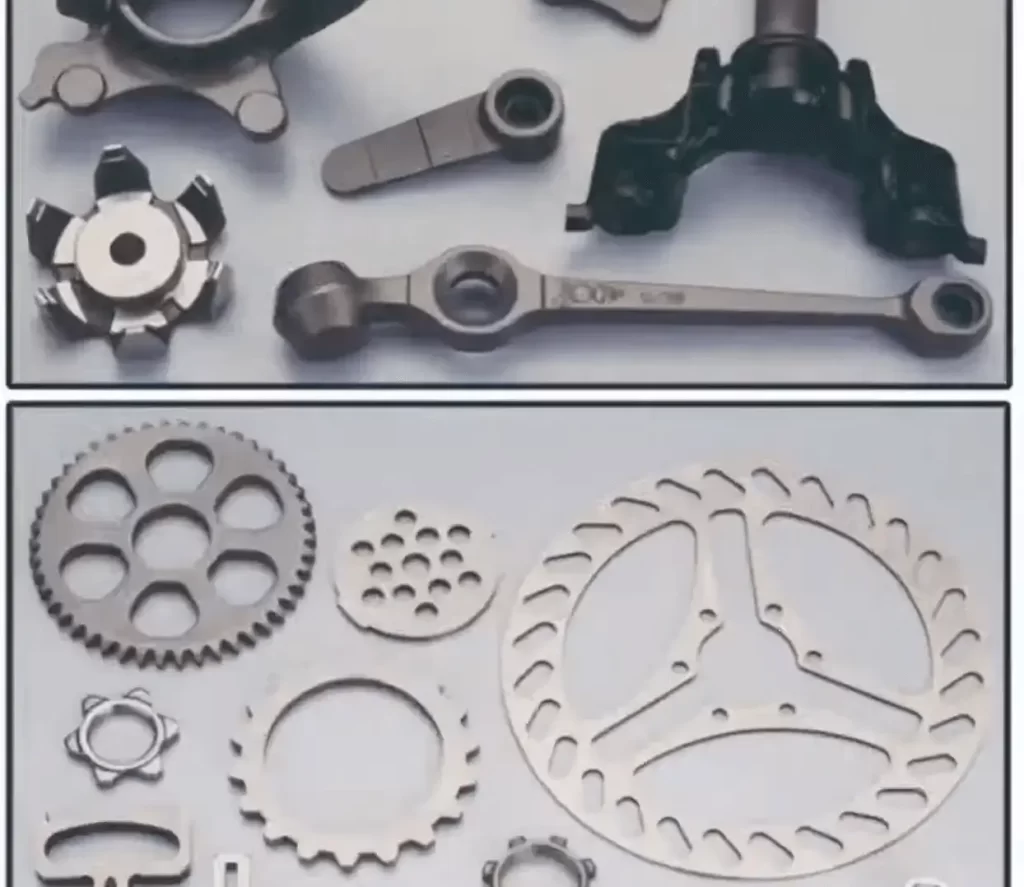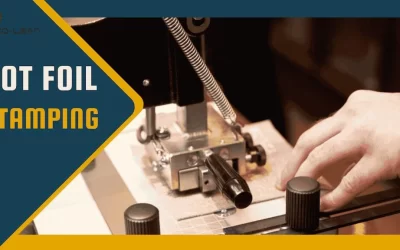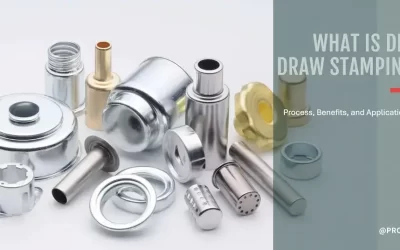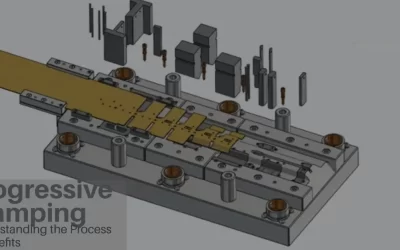
Sheet metal stamping is one of the most important manufacturing processes, where sheet metals are transformed into diverse shapes and parts. The process is placed within a stamping press wherein sheet metals take up or more sheet metal stamping dies, creating products adapted to usage in various industrial applications, including automotive, aerospace, and electronics applications. This efficient and cost-effective process explains why mass production processes like parts and component manufacturing thrive amazingly.
Sheet Metal Stamping Process
The sheet metal stamping process includes several stamping methods, including bending, blanking, piercing, and forming. These techniques are used to stamp parts according to various design requirements.

Parts made with metal stamping process
Generally, flat sheet metal is fed into a stamping press, and the shape is produced due to applied force through the tool and die. Multiple steps may be required to make the parts if complexity calls for it.
- Bending – A specific angle or curve in this process that makes sheet metal take the shape mentioned.
- Blanking – That process cuts out a desired part from a large sheet of metal, referred to as blanking
- Piercing – The process of holes or cutouts on the metal sheet is called piercing.
- Forming – This process shapes the sheet into a three-dimensional object.
Depending on the product design, these sheet metal stamping processes may be performed either as part of an order or independently of one another. Stamping presses, whether mechanical or hydraulic, do these with great precision and speed, rendering custom sheet metal stamping plausible for varying production runs.
Try Prolean Now!
Custom Sheet Metal Stamping
Custom metal stamping is a critical process for companies that require their specific designs and parts. This process allows businesses to create parts according to their requirements, making them perfect for automobile, aerospace, and electronics applications. The process can adapt to flexible production runs ranging from small batches to mass production.

Custom sheet metal stamping
This aspect makes many manufacturers provide customized metal stamping services, where they heavily engage with clients to design and fabricate unique parts. By utilizing a range of metals like aluminum, steel, and stainless steel according to various requirements placed in terms of strength, conductivity, and resistance to corrosion, sheet metal stamping services are guaranteed to meet diverse needs.
Sheet Metal Stamping Dies
The heart of any sheet metal stamping process is the die that forms the actual product within the sheet metal. A stamping die is a tool that serves special-purpose functions such as shaping, cutting, or molding sheet metals. There are many types of dies that can be employed during stamping, such as:
- Progressive Dies
These perform multiple stamping operations on one metal sheet as it passes through the press.
- Compound Dies
In this type of die, a variety of cutting operations are performed together in a single station.
- Transfer Dies
Transfer dies move the sheet metal through different stations, where a few operations can be carried out on the same workpiece.
The quality of the die, which lowers stamping cost overall, and the accuracy of the die are majorly responsible for stamping success. Quality dies provide repetition quality and minimize secondary machining, thus lowering stamping costs altogether.
Sheet Metal Stamping Parts
Sheet metal stamping is extensively used in the manufacture of various parts for automotive, aerospace, and electronic industries. These sheet metal stamping parts include simple brackets or fasteners to even complex parts like car body panels and airplane fuselage parts.

Sheet metal stamping parts
The versatility of sheet metal stamping has made it possible to produce parts of high strength, high precision, and repeatability that can be ideal for mass production. In addition to this, manufacturing with sheet metal stamping is relatively cost-advantageous compared with other methods of manufacturing because large quantities are quickly produced.
Prototype Sheet Metal Stamping
If a company is developing an original product, prototyping sheet metal stamping is the most critical step in designing it. The process allows manufacturers to make sample parts, which can be checked for functionality and performance before full-scale production is commenced.
The prototype stamping allows early design flaws or production issues to be caught so that the component is saved from time and money loss. It also lets the manufacturer alter the part before making a final decision on mass production so that the final product checks against the required specification.
Stamping Materials
Material choice is the core part of the sheet metal stamping process. Depending on the need for the application, materials from various types of metals can be used. Some typical stamping materials include the following:
- Aluminum
Aluminum is lighter and also resists corrosion. Therefore, it is common in aerospace and automotive applications.
- Stainless steel
Stainless steel is prized for its strength and corrosion resistance, making it excellent for parts used in strength and long-life applications.
- Steel
Steel is indeed strong and even has good machinability; it can be used for construction, automotive, and industrial applications.
- Copper
Due to its high electrical conductivity, metal is often used in electrical components and products.
Choosing the appropriate material will ensure that the final product performs satisfactorily in the expected service environment. The cost of stamping overall is also influenced by the nature of the metal because some can be very expensive or hard to work with.
Cost Considerations in Stamping Service
The complexity of the part, volume of production, and material used are the main factors to consider when choosing a stamping service. Custom metal stamping services vary immensely in price based on these parameters and the type of die needed. For example, progressive dies are more expensive than single-operation dies, but they are generally less costly per piece for large production runs.
In terms of the stamping cost, high-volume production runs tend to spread setup costs over many parts. In addition, manufacturers can save costs through process optimization in stamping, which can use progressive dies that enable different operations to be performed in one stroke of the press.
Try Prolean Now!
Conversion of Stamping Service into Benefits
However, any business looking to produce high-quality, competitively priced metal parts needs to select a stamping service with utmost care. A good stamping service provider will be able to optimize the production process while shaving off costs while still allowing all the desired precision and consistency.
Custom sheet metal stamping allows manufacturers to create specialized parts while affording the flexibility needed for small and large production runs alike. With the right stamping service partner, companies can stay on top of efficient production even when quality is at stake.
Conclusion
Sheet metal stamping is a highly essential manufacturing process widely used across industries. The procedure is quite useful to many industries as it helps in the production of simple and complex components or parts at its most affordable rate. It could range from the product of simple components up to complex components.
Sheet metal stamping in automotive, aerospace, and electronics was amongst the diverse needs of various industries. Custom solutions, such as custom metal stamping, produce parts according to manufacturer specifications. Prototype stamping guarantees the goodness of a design before going into commercial production. Selecting suitable stamping materials and optimizing the process will always result in highly quality-produced products with minimal stamping cost to emerge as a winner on both technical and economic requirements.




0 Comments